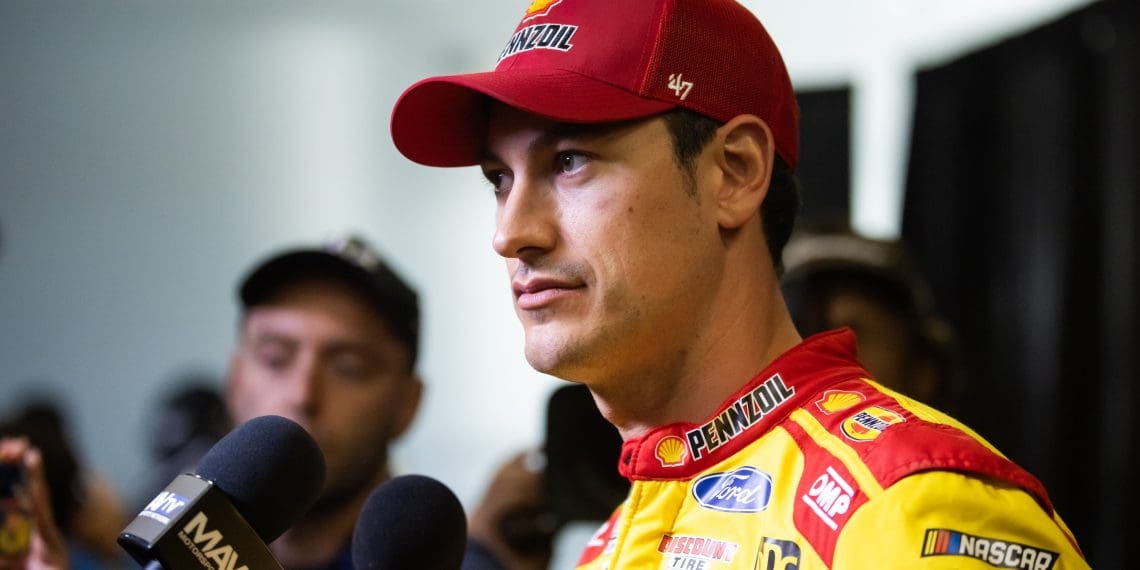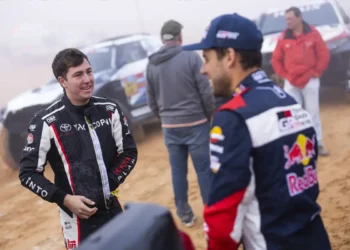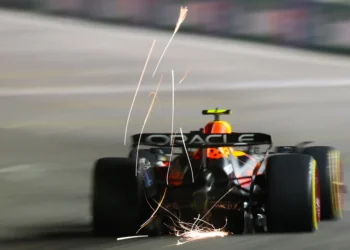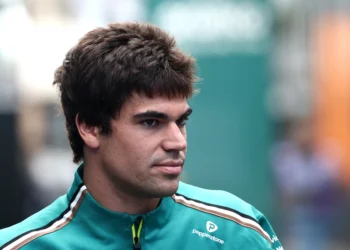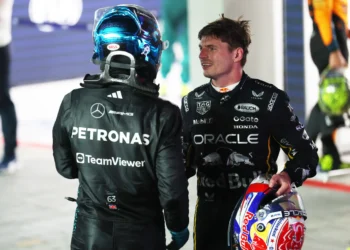At first glance, Joey Logano’s NASCAR career might seem like a never-ending victory lap. Three Cup Series championships by 2024, a trophy cabinet overflowing with accolades, and a reputation as one of the sport’s most clutch performers. But beneath the polished veneer of success lies a gritty story of failure, reinvention, and resilience.
For a driver once heralded as NASCAR’s brightest prospect—the “greatest thing since sliced bread”—Logano’s early Cup Series years were anything but smooth. The journey that transformed him into a racing juggernaut is a tale of unfulfilled expectations, bitter lessons, and the unrelenting drive to prove doubters wrong.
The Prodigy Who Couldn’t Lose
From the moment he stepped into a go-kart, Logano was destined for greatness. By age 7, he was already racking up regional championships. At just 18 years old, he became the youngest-ever winner in the NASCAR Xfinity Series, earning him the nickname “Sliced Bread.” His junior career was a highlight reel of dominance, capped off by a championship-winning season in the NASCAR Camping World East Series in 2007.
“I didn’t lose much growing up,” Logano admitted in a revealing interview with Greg Olsen. “I would just show up and win.”
When Tony Stewart left Joe Gibbs Racing (JGR) in 2008, an 18-year-old Logano was thrust into the prestigious No. 20 car—a ride steeped in championship pedigree. It seemed like the perfect match: NASCAR’s hottest young talent stepping into a car capable of winning titles. Logano thought the same.
“I felt like it was going to be fine. It was going to be easy for me,” he recalled.
A Humbling Reality Check
The reality was far from fine. Logano’s first four years in the Cup Series were a sobering crash course in the unforgiving world of elite motorsports. Despite flashes of brilliance and a couple of wins, he struggled to find consistency. The meteoric rise he had enjoyed in junior series came to a screeching halt as he faced seasoned professionals who were just as talented and far more experienced.
“I jumped in that thing, and the guys I thought couldn’t drive a lick were whooping my a–. They were just driving away,” Logano said. “When you get to the top, everybody is amazingly talented. My work ethic and experience weren’t there.”
By the end of his stint at JGR, Logano was making progress, but it wasn’t enough. After four seasons and just two wins, JGR made the gut-wrenching decision to let him go. For a driver who had never tasted sustained failure, the news was devastating.
“I learned how to lose for the first time,” Logano admitted. “By the end of my contract, I was seeing progress, but it wasn’t good enough. And they told me, ‘We don’t have a ride for you anymore.’”
Reinvention and Redemption
Getting dropped from JGR could have marked the end of Logano’s story. Instead, it became the turning point. Freed from the weight of unrelenting expectations, Logano embarked on a journey of self-discovery and transformation, eventually finding a new home at Team Penske. It was there that he began rewriting his legacy, combining raw talent with newfound grit and determination.
The lessons from his early struggles shaped the driver he is today—calm under pressure, relentlessly consistent, and unwavering in his pursuit of excellence. Logano’s story is a reminder that even the most gifted athletes are shaped as much by their failures as their triumphs.
The Path to Greatness
Today, Joey Logano stands among NASCAR’s elite, his journey from prodigy to powerhouse a testament to resilience. But his story isn’t just about championships and checkered flags; it’s about growth, humility, and the relentless drive to become better every single day.
In Logano’s own words: “You can’t dominate by talent alone. You’ve got to have the work ethic, the experience, and the drive to outlast everyone else. That’s how you climb to the top—and stay there.”

